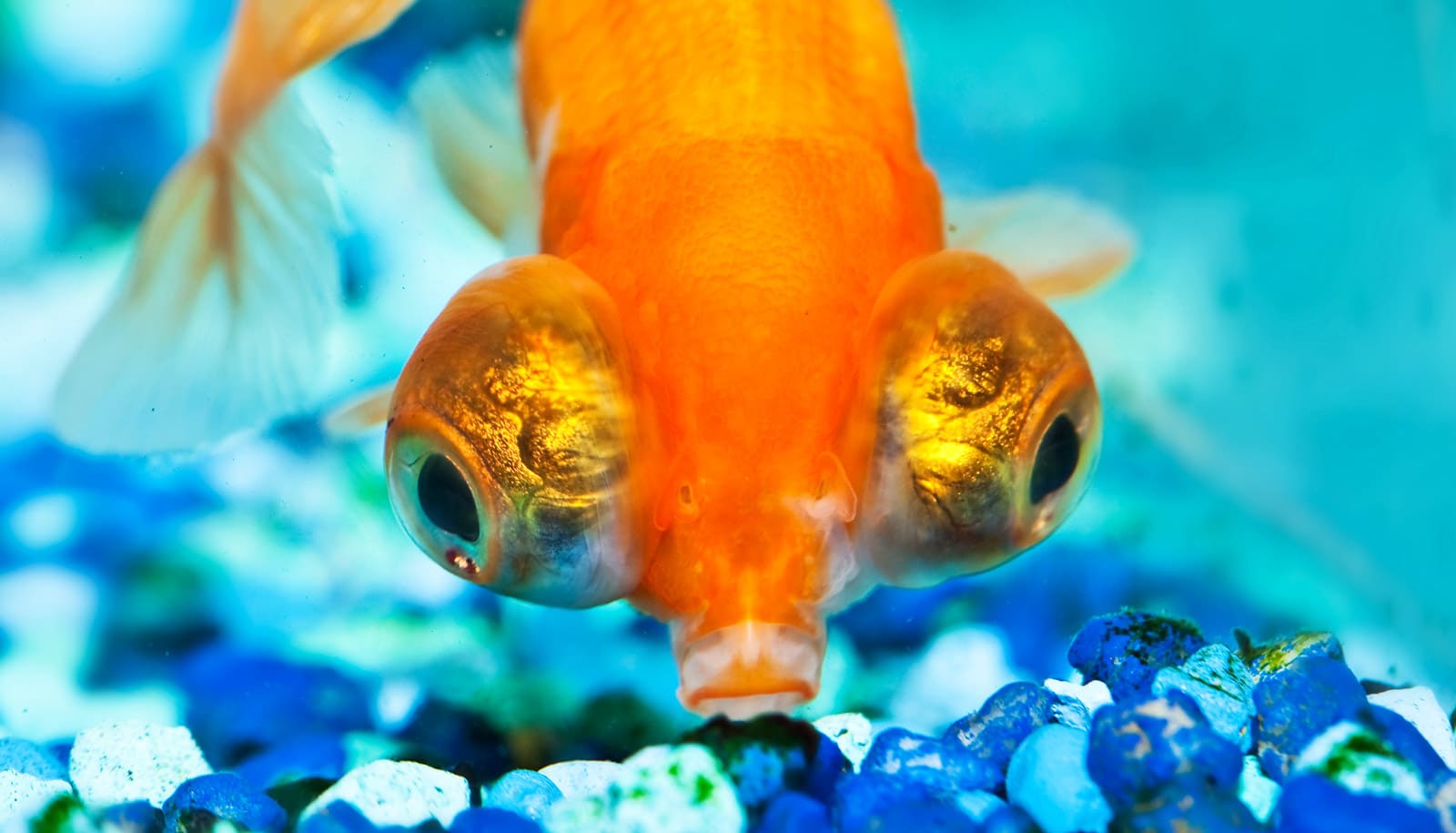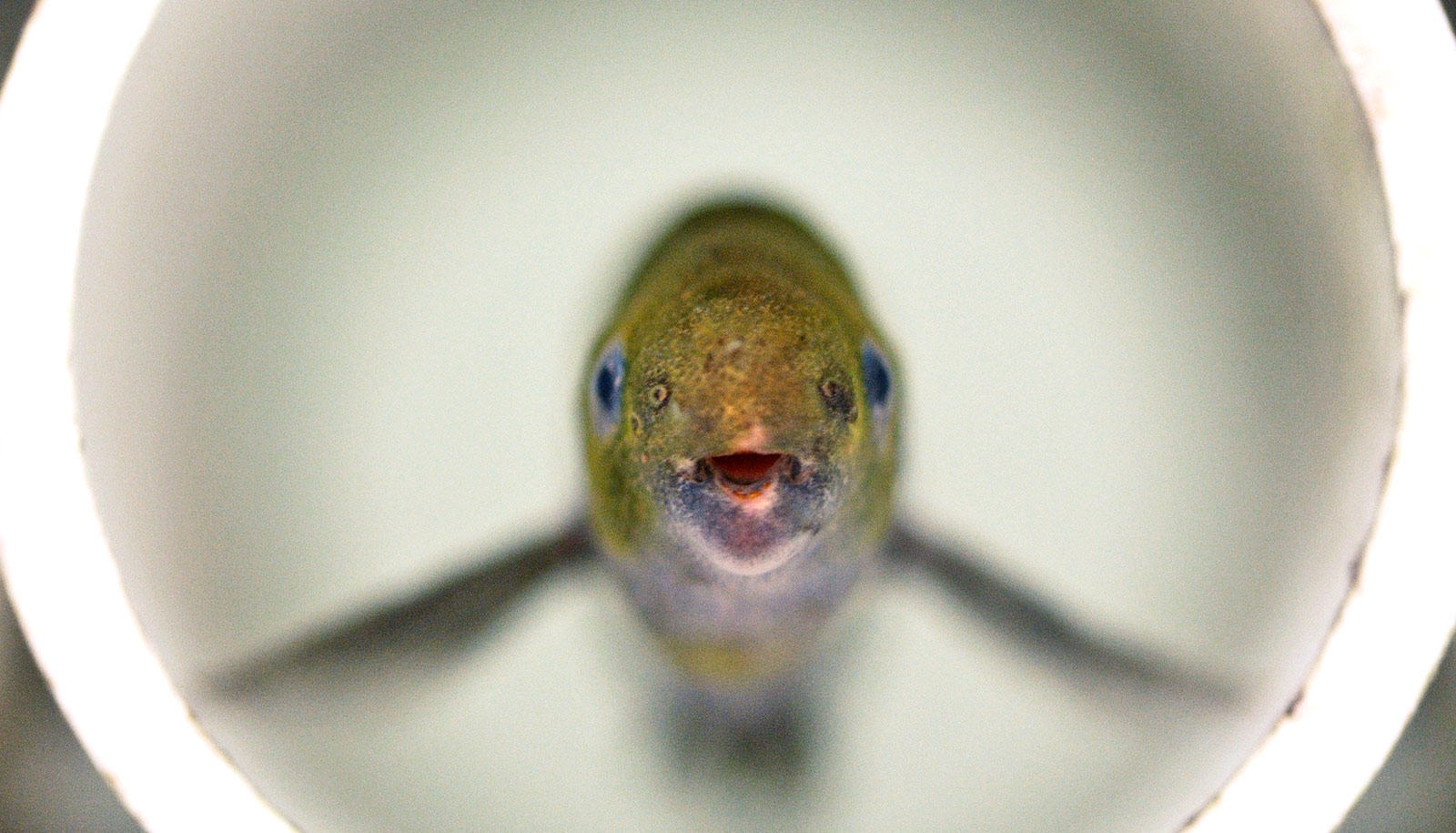The seemingly random constant movements of fish are actually precisely calculated to provide, at any moment, the sensory feedback they need to navigate their world, research suggests.
The finding, which appears in Current Biology, enhances our understanding of active sensing behaviors performed by all animals, including humans, such as whisking, touching, and sniffing. It also demonstrates how robots built with better sensors could interact with their environment more effectively.
“There’s a saying in biology that when the world is still, you stop being able to sense it,” says senior author Noah Cowan, a mechanical engineer and roboticist at Johns Hopkins University. “You have to actively move to perceive your world. But what we found that wasn’t known before is that animals constantly regulate these movements to optimize sensory input.”
For humans, active sensing includes feeling around in the dark for the bathroom light switch, or bobbling an object up and down in our hands to figure out how much it weighs. We do these things almost unconsciously, and scientists have known little about how and why we adjust our movements in response to the sensory feedback we get from them.
To answer the question, researchers studied fish that generate a weak electric field around their bodies to help them with communication and navigation. The team created an augmented reality for the fish so they could observe how fish movements changed as feedback from the environment changed.
Inside the tank, the weakly electric fish hovered within a tube where they wiggled back and forth constantly to maintain a steady level of sensory input about their surroundings.
Researchers first changed the environment by moving the tube in a way that was synchronized with the fish’s movement, making it harder for the fish to extract the same amount of information they had been receiving. Next, the researchers made the tube move in the direction opposite the fish’s movement, making it easier for the fish.
In each case, the fish immediately increased or decreased their swimming to make sure they were getting the same amount of information. They swam farther when the tube’s movement gave them less sensory feedback and they swam less when they could get could get more feedback with less effort. The findings were even more pronounced in the dark, when the fish had to lean even more on their electrosense.
“Their actions to perceive their world is under constant regulation,” says coauthor Eric Fortune of the New Jersey Institute of Technology. “We think that’s also true for humans.”
Because Cowan is a roboticist and most of the authors on this team are engineers, they hope to use the biological insight to build robots with smarter sensors. Sensors are rarely a key part of robot design now, but these findings made Cowan realize they perhaps should be.
“Surprisingly, engineers don’t typically design systems to operate this way,” says lead author Debojyoti Biswas, a graduate student at Johns Hopkins. “Knowing more about how these tiny movements work might offer new design strategies for our smart devices to sense the world.”
The James McDonnell Foundation funded the work.
Source: Johns Hopkins University



